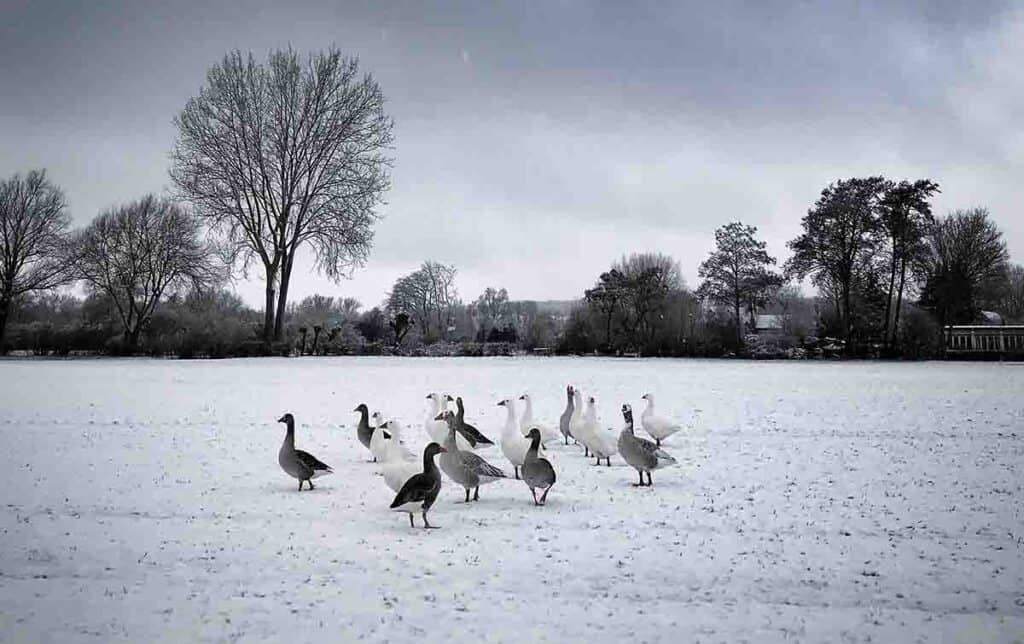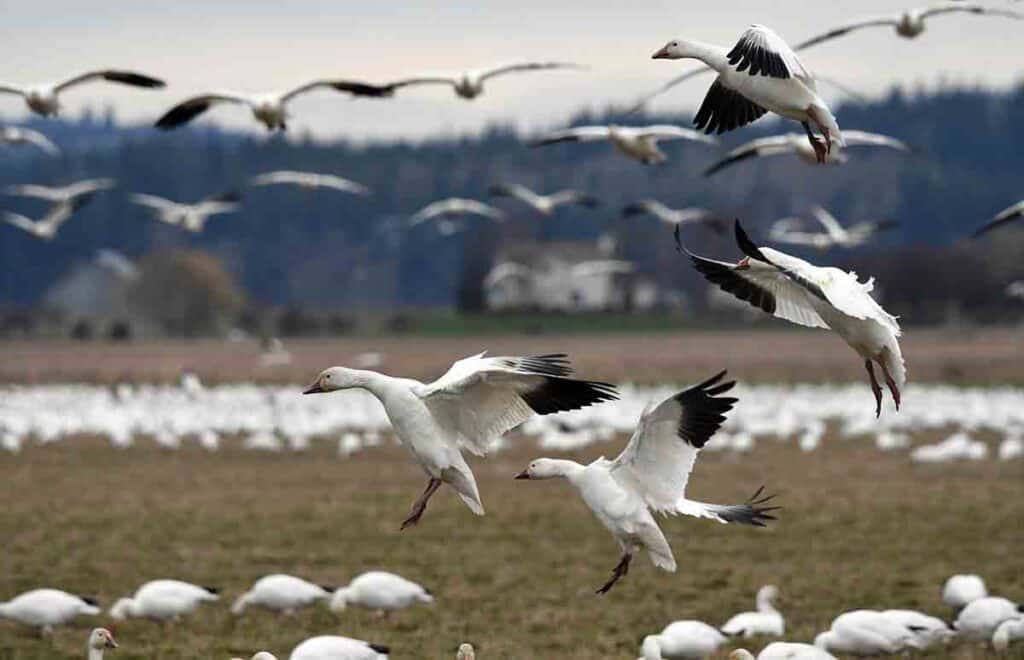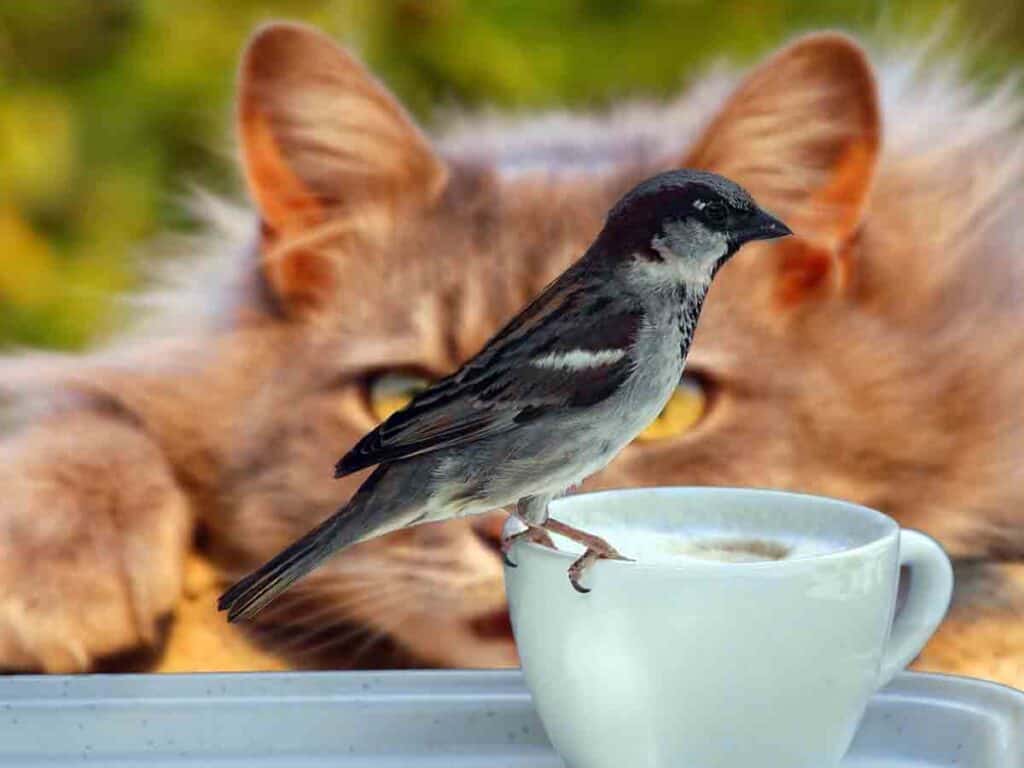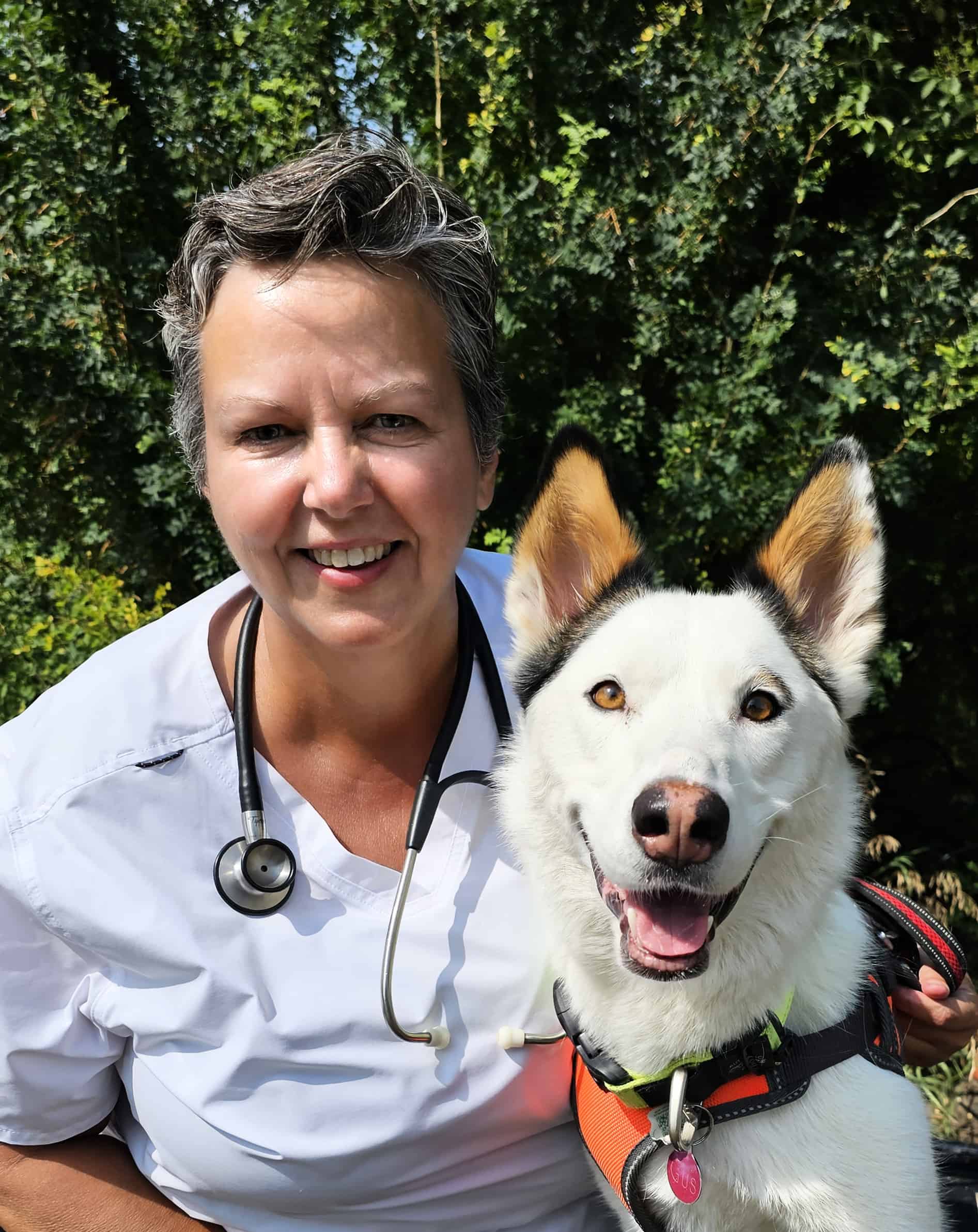Last Updated on May 18, 2024 by Dr. Wendy Wilkins, DVM, PhD
Avian influenza, also known as “bird flu,” is a viral infection that primarily affects birds. Recent outbreaks of avian influenza have sparked worries that the virus could transmit to other animals, such as domestic cats.
Cats can become infected with avian influenza virus. Recent cases of bird flu in cats are believed to be a result of cats eating infected birds or scavenging birds that have died of the virus. Cats that are allowed outdoors without supervision are at most risk of getting bird flu.
As cat owners, it’s natural to want to know whether our feline companions are at risk of contracting this potentially deadly virus. This article will discuss whether or not cats can contract bird flu and provide recommendations on how to protect both your pets and yourself.
What Is “Bird Flu”?
Bird flu, or avian influenza, is a viral infection that spreads easily among birds. It affects domestic birds such as chickens and turkeys, as well as wild birds like ducks and geese. The virus is spread through direct contact with infected birds or their feces, saliva, and respiratory secretions.
High Pathogenic versus Low Pathogenic Avian Influenza
Avian influenza can be classified into two categories based on the severity of the illness it causes in birds: high pathogenic avian influenza (HPAI) and low pathogenic avian influenza (LPAI).
High pathogenic avian influenza (HPAI) is the more severe form of the virus and can cause high death rates in infected birds, sometimes reaching up to 100%.
HPAI viruses can cause systemic infections in birds, meaning the virus can spread throughout the bird’s body and affect multiple organs, including the brain, leading to severe illness and death.
HPAI viruses are typically associated with more severe outbreaks and can have significant economic impacts on the poultry industry.
Birds infected with low pathogenic avian influenza (LPAI) usually exhibit mild or no symptoms as this is a less virulent form of the virus. LPAI viruses only affect the respiratory and digestive systems of birds and seldom lead to severe sickness or fatality.
While LPAI viruses are generally not considered to be a significant threat to bird populations, they can occasionally mutate into more severe forms, such as HPAI.

Is Bird Flu The Same As Human Flu?
Although bird flu and human flu are both caused by influenza viruses, they have notable differences. Typically, bird flu strains do not affect humans, and in the rare case that they do, they are not easily transmissible from one person to another.
In contrast, human flu viruses are typically easily spread from person to person through respiratory droplets when an infected person coughs or sneezes, or even talks.
Although bird flu strains like H5N1 and H7N9 can cause severe illnesses in humans, such cases are uncommon. Therefore, for the most part, people have a low risk of contracting bird flu from birds or their products.
Can Other Animals Get Bird Flu?
Yes, other animals besides birds can get bird flu, but the susceptibility varies depending on the type of animal and the strain of the virus. In general, the risk of transmission from birds to mammals is low.
However, starting in the early 2020s, a new strain of HPAI (H5N1) emerged in wild birds which was very virulent. It spread quickly, causing large-scale wild bird die-offs in multiple countries as well as causing severe outbreaks of disease in domestic poultry.
As this global outbreak spread, reports began emerging of mammalian species becoming infected. Examples include:
- February 2021: Peru reported HPAI H5N1 infections in sea lions following deaths of hundreds of sea lions.
- October 2022: HPAI H5N1 caused infections and some deaths among mink on a farm in northwest Spain.
- 2022: H5N1 infections have been reported in sea lions in New England and Peru, bears, mountain lions, raccoons, wild foxes, skunks and other mammals in the United States and other countries.
Can Cats Get Bird Flu?
Yes, cats can get bird flu. While cats are not considered a natural host for the bird flu virus, they can become infected by coming into contact with infected birds or their droppings.
The first report of bird flu in a cat was reported in 2004, and there have been sporadic reports of cats being infected with the virus since then.
Most recently, in January 2023, a report emerged of a domestic cat in France that had died as a result of H5N1 infection.
The most likely source of infection for the affected cats was from catching and eating birds that were infected with the virus, or by scavenging on birds that had already died from it.

Symptoms Of Bird Flu In cats
Symptoms of bird flu in cats can include :
- fever
- lethargy
- conjunctivitis
- loss of appetite
- difficulty breathing
- neurological signs (e.g. tremors, seizures)
- death
It is important to note that bird flu symptoms can vary, and not all cats will show all the above signs.
It is possible that some cats will show only mild symptoms; however, the current strain of H5N1 circulating in birds is know to be very virulent, and capable of cause death in infected animals very quickly.
Treatment For Bird Flu In Cats
There is no effective treatment for bird flu in cats. Cats that that get clinically ill from the virus will require supportive care such as fluids and antibiotics to treat secondary bacterial infections. Unfortunately, treatment is often ineffective and afflicted cats quickly succumb to the virus
Transmission Of Bird Flu From Cats To People
The risk of transmission of bird flu from cats to humans is considered to be low. There have been no reports of human infections resulting from contact with cats, and the risk of transmission is thought to be minimal.
However, theoretically it is possible for it to happen. That is why it’s still important for people who come into contact with a cat infected with bird flu to take precautions and practice good hygiene.
This includes washing hands after handling the cat, avoiding contact with any body fluids, and wearing gloves and a face mask when handling the cat.
How To Protect Your Cat From Getting Bird Flu
There is no vaccine to prevent bird flu in cats. The best way to protect your cat from getting bird flu is to keep them away from birds. This includes not letting them roam outdoors and keeping cats indoors, especially during outbreaks of bird flu.
It’s especially important that you don’t let your cat kill and eat birds or scavenge dead bird carcasses. The consumption of infected birds and their carcasses has been implicated in most cases where mammals of any kind of been confirmed to be infected with bird flu.
If you have an indoor cat, you have little reason to be concerned about your cat getting bird flu. However, if you have an outdoor cat, it is important to take steps to protect them by restricting access to the outdoors if possible and making sure to pick up and dispose of any dead birds that you may find in your yard or garden.
Conclusion
Bird flu, also known as avian influenza, is a virus that can infect both birds and mammals. While cats are not considered a natural host for the virus, it is still possible for them to become infected.
Cats can become infected with the virus by contact with infected birds, their droppings, or through eating infected birds or birds that have died from the virus. There is no vaccine available to protect cats from the virus and the only way to protect them is to keep them away from birds.
Reports of cats getting bird flu are rare. So, while it is important to know about bird flu and its risks to your cat, it is also important to remember that the actual risks are low. Just don’t let your cat eat dead birds!
Disclaimer: This article is intended for information purposes only, and does not constitute medical advice. Always consult your veterinarian if you have specific concerns about your pet’s health.



